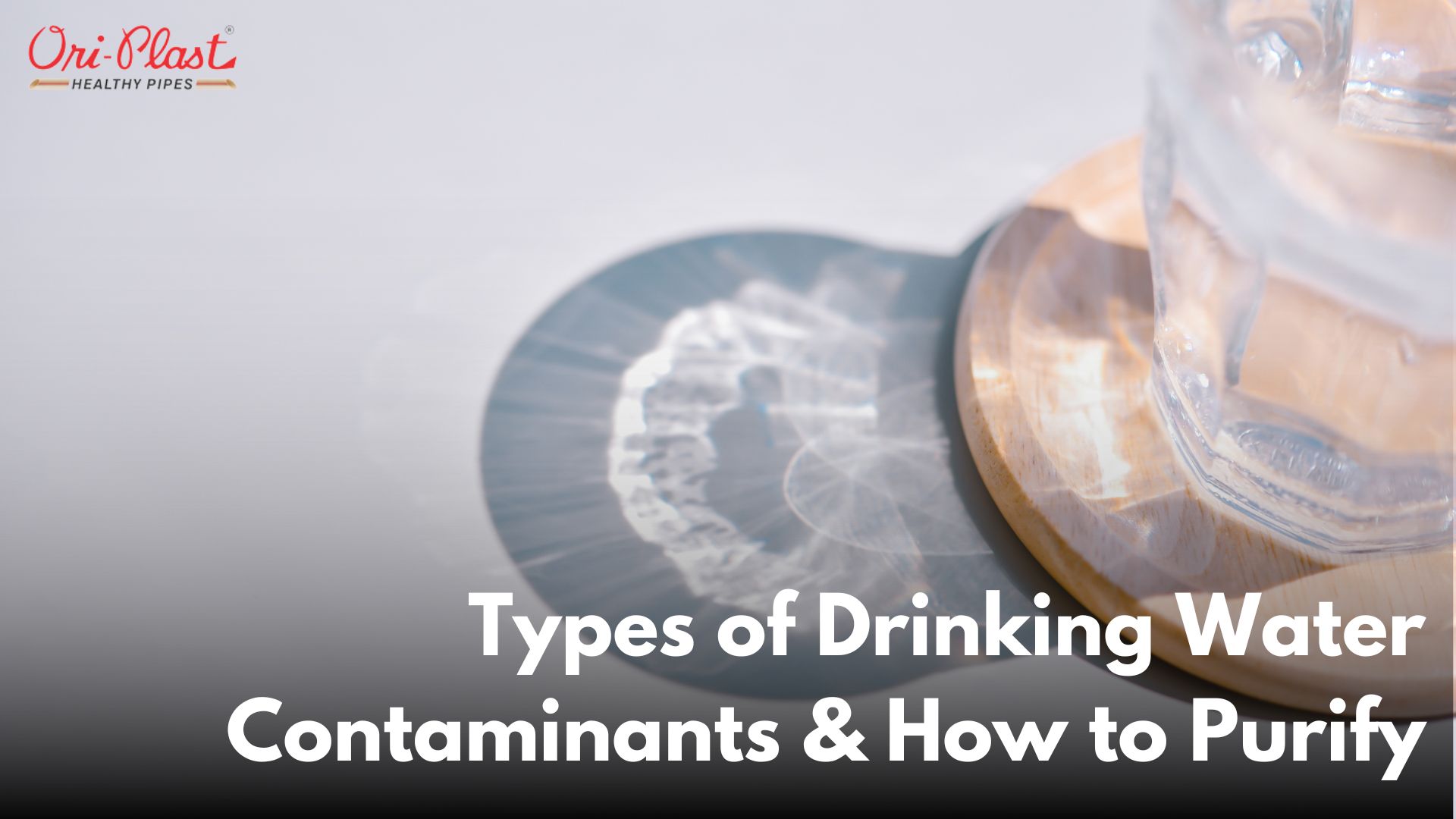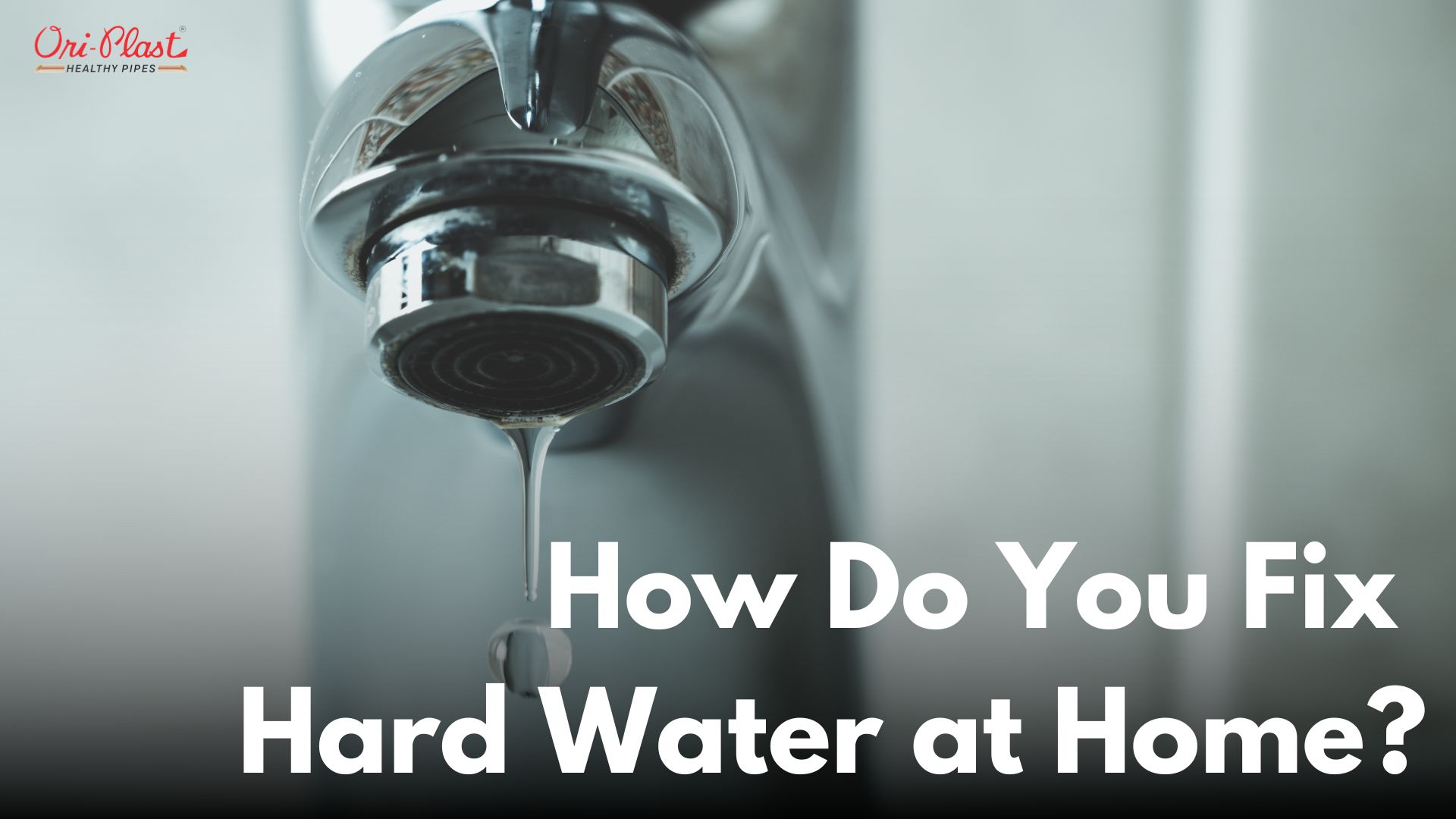7 Types of Pipe Fittings
Pipe fittings play a vital role in connecting and directing the flow of liquids or gases in plumbing and industrial systems. They ensure a secure and efficient transfer of fluids, making them an essential component in various applications. In this article, we will delve into the world of pipe fittings, exploring their different types, functionalities, and common uses. Whether you're a homeowner, a DIY enthusiast, or a professional, this comprehensive guide will provide valuable insights into the diverse landscape of pipe fittings.
Elbow Fittings:
Elbow fittings, as the name suggests, allow a change in direction within a pipe system. They are available in different angles, commonly 45 degrees and 90 degrees. Elbows are crucial for routing pipes around obstacles or creating turns without reducing flow efficiency. They find applications in plumbing, HVAC systems, and industrial pipelines.
Tee Fittings:
Tee fittings resemble the letter "T" and have three openings, enabling the connection of three pipes or branches at a right angle. These fittings are used when the flow needs to be split into two separate lines or when a new branch line is required. Tee fittings are widely used in plumbing, irrigation systems, and industrial applications.
Coupling Fittings:
Coupling fittings are used to connect two pipes of the same diameter in a straight line. They provide a secure joint and are typically threaded or welded. Couplings are commonly utilized in plumbing systems, fire sprinkler installations, and various industrial setups.
Union Fittings:
Union fittings consist of three pieces: two threaded ends and a central nut. They allow for easy disassembly and reassembly of pipes without the need for cutting or soldering. Unions are particularly useful in situations where regular maintenance or repairs are required. They are commonly found in plumbing systems, gas lines, and hydraulic applications.
Cross Fittings:
Cross fittings have four openings, forming a "plus" shape. They enable the connection of four pipes at right angles to each other. Cross fittings are useful when multiple branches need to be connected in a pipe system. They are commonly utilized in fire sprinkler systems, HVAC installations, and industrial settings.
Reducer Fittings:
Reducer fittings are used when there is a need to connect two pipes of different diameters. They have one larger opening and one smaller opening, facilitating the transition between pipes of different sizes. Reducers are commonly employed in plumbing systems, ventilation ducts, and industrial pipelines.
Cap Fittings:
Cap fittings are used to seal the end of a pipe, providing closure and preventing the flow of fluids or gases. They are commonly utilized in plumbing systems, heating systems, and industrial applications where the termination of a pipeline is required.
Understanding the different types of pipe fittings is essential for anyone involved in plumbing, construction, or industrial applications. Each type of fitting serves a specific purpose, allowing for efficient fluid transfer, change in direction, or connection between pipes of varying sizes. By familiarizing yourself with these fittings, you'll be equipped to make informed decisions when it comes to designing, repairing, or maintaining pipe systems.
Different Connection Methods for Pipe Fittings
Pipe fittings are integral components used to connect, join, and secure pipes in plumbing and industrial systems. The connection method employed for pipe fittings is crucial in ensuring a leak-free and durable system. In this article, we will explore various connection methods commonly used for pipe fittings, highlighting their advantages, disadvantages, and appropriate applications. Understanding these connection methods will empower you to make informed decisions when working with pipe fittings.
Threaded Connection:
Threaded connections involve screwing together two fittings with matching threads. This method is widely used for smaller-sized pipes and fittings. It offers convenience, ease of installation, and disassembly when necessary. Threaded connections are commonly found in plumbing systems, gas lines, and low-pressure applications. However, they may be prone to leakage if not properly sealed or if excessive stress is applied.
Welded Connection:
Welding involves permanently joining pipes and fittings through the application of heat and the fusion of the materials. This method ensures a strong and durable connection that is resistant to leaks. Welded connections are commonly used in high-pressure applications, such as industrial pipelines and oil refineries. However, welding requires specialized skills, equipment, and may not be suitable for all materials.
Soldered Connection:
Soldering involves heating a filler material, typically a metal alloy with a low melting point, to create a bond between pipes and fittings. This method is commonly used in copper pipe systems for water supply, heating, and refrigeration. Soldered connections provide a reliable and watertight joint. However, they require proper preparation, skillful application, and suitable fluxes for optimal results.
Compression Connection:
Compression fittings utilize a compression nut and a ferrule or olive to create a tight seal around the pipe. The compression nut is tightened, compressing the ferrule against the pipe and forming a leak-resistant connection. This method is widely used for connecting pipes in plumbing systems, including water supply lines, gas lines, and pneumatic systems. Compression fittings offer easy installation and disassembly, making them ideal for situations that require frequent modifications or repairs.
Flanged Connection:
Flanged connections involve connecting pipes and fittings by bolting together two flanges with a gasket in between. This method provides a strong and reliable connection, particularly suitable for large-diameter pipes and high-pressure systems. Flanged connections are commonly used in industrial applications, such as oil and gas pipelines, water treatment plants, and chemical processing facilities. However, they require careful alignment, proper gasket selection, and sufficient bolt tightening for effective sealing.
Push-Fit Connection:
Push-fit or push-to-connect fittings provide a convenient and quick method for joining pipes without the need for tools or adhesives. These fittings have specially designed O-rings or gripping mechanisms that secure the pipe when it is inserted. Push-fit connections are commonly used in plumbing systems, particularly in residential applications, for connecting PEX, PVC, or copper pipes. They offer ease of installation, and disassembly, and are suitable for non-critical applications with moderate pressure.
The choice of connection method for pipe fittings depends on factors such as the application, pipe material, system pressure, and requirement ease of installation or disassembly. Each connection method has its advantages and considerations. By understanding the various connection methods discussed in this article, you can make informed decisions when selecting the appropriate method for your specific pipe fitting requirements, ensuring a reliable and efficient plumbing or industrial system.
Common Pipe Fittings Materials
Pipe fittings are available in a variety of materials, each possessing unique properties and suitability for different applications. Understanding the characteristics of various pipe fitting materials is essential when selecting the right fittings for plumbing, industrial, or construction projects. In this blog post, we will provide a brief overview of some commonly used pipe fitting materials, highlighting their key features and typical applications.
PVC (Polyvinyl Chloride):
PVC pipe fittings are widely used in plumbing systems, irrigation, and drainage systems. PVC fittings are lightweight, affordable, and resistant to corrosion and chemical degradation. They are suitable for both above-ground and underground applications, including residential and commercial plumbing. PVC fittings are available in various sizes and configurations and are easy to install using solvent cement or threaded connections.
CPVC (Chlorinated Polyvinyl Chloride):
CPVC pipe fittings are a variant of PVC fittings with enhanced heat resistance. They are commonly used in hot water supply systems, industrial processes, and fire sprinkler systems. CPVC fittings offer excellent resistance to high temperatures, making them suitable for applications where hot fluids or steam are involved. Like PVC fittings, CPVC fittings can be installed using solvent cement or threaded connections.
Copper:
Copper pipe fittings have a long history of use in plumbing systems due to their excellent corrosion resistance and durability. Copper fittings are commonly used for water supply lines, heating systems, and refrigeration applications. They are available in soldered or compression configurations. Copper fittings are known for their reliability, ease of installation, and ability to handle high temperatures and pressures.
Stainless Steel:
Stainless steel pipe fittings are highly durable, corrosion-resistant, and suitable for demanding applications. They are commonly used in industries such as food processing, pharmaceuticals, and chemical processing. Stainless steel fittings offer excellent strength, hygienic properties, and resistance to extreme temperatures and chemicals. They are available in various grades and can be threaded or welded for installation.
Brass:
Brass pipe fittings are widely used due to their excellent corrosion resistance and machinability. They are commonly utilized in plumbing systems, compressed air lines, and hydraulic applications. Brass fittings provide good strength, are easy to install, and offer compatibility with various pipe materials. They can be found in both threaded and compression configurations.
PEX (Cross-linked Polyethylene):
PEX pipe fittings are used primarily in residential plumbing systems for water supply lines. PEX fittings are known for their flexibility, freeze resistance, and ease of installation using crimp or push-fit connections. PEX fittings are typically made of brass or poly-alloy materials. They offer excellent resistance to scale buildup and are suitable for both hot and cold water applications.
Selecting the appropriate pipe fitting material is crucial for ensuring a reliable and efficient plumbing or industrial system. The choice of material depends on factors such as the application requirements, environmental conditions, budget, and compatibility with existing pipes.
Conclusion
understanding the different types of pipe fitting materials is essential for selecting the right fittings to meet the requirements of your plumbing, industrial, or construction projects. Each material brings unique properties and advantages to the table, ensuring optimal performance and longevity in specific applications.
PVC and CPVC fittings offer affordability, corrosion resistance, and versatility, making them popular choices for plumbing and irrigation systems. Copper fittings, known for their durability and excellent corrosion resistance, have a long-standing reputation in plumbing applications. Stainless steel fittings provide exceptional strength and resistance to extreme conditions, making them ideal for demanding industrial settings. Brass fittings combine corrosion resistance with ease of installation and find widespread use in plumbing, compressed air, and hydraulic applications. PEX fittings, often made of brass or poly-alloy materials, offer flexibility, freeze resistance, and ease of installation in residential plumbing systems.
By considering factors such as corrosion resistance, temperature and pressure requirements, installation methods, and budget, you can make informed decisions when selecting the most suitable pipe-fitting material for your specific project.
Remember to consult industry standards, local codes, and the advice of professionals to ensure compliance and optimal performance. Whether you are working on a plumbing system, industrial pipeline, or construction project, choosing the right pipe fitting material will contribute to the efficiency, durability, and long-term success of your system.
Read More Articles Here...



